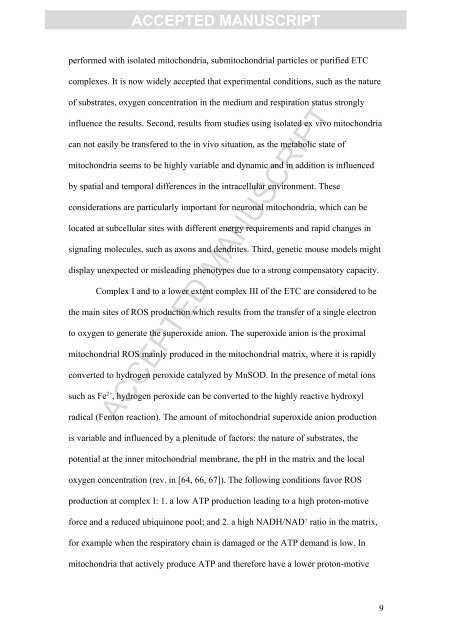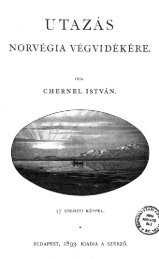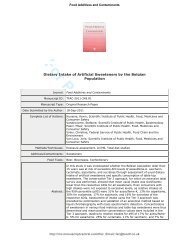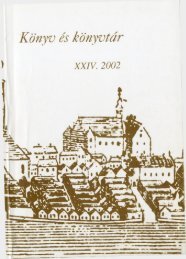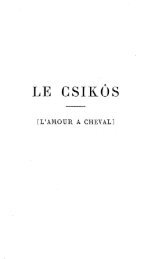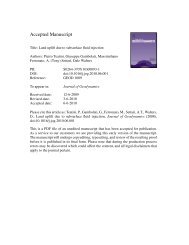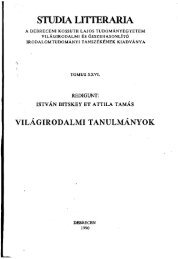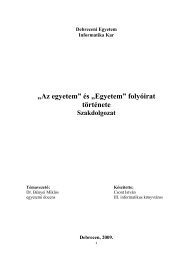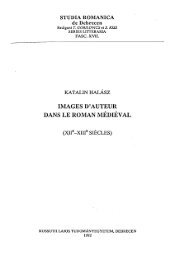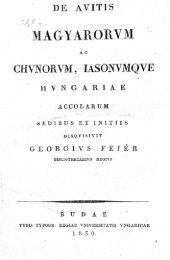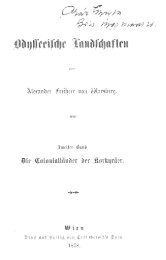accepted manuscript
accepted manuscript
accepted manuscript
Create successful ePaper yourself
Turn your PDF publications into a flip-book with our unique Google optimized e-Paper software.
ACCEPTED MANUSCRIPT<br />
performed with isolated mitochondria, submitochondrial particles or purified ETC<br />
complexes. It is now widely <strong>accepted</strong> that experimental conditions, such as the nature<br />
of substrates, oxygen concentration in the medium and respiration status strongly<br />
influence the results. Second, results from studies using isolated ex vivo mitochondria<br />
can not easily be transfered to the in vivo situation, as the metabolic state of<br />
mitochondria seems to be highly variable and dynamic and in addition is influenced<br />
by spatial and temporal differences in the intracellular environment. These<br />
considerations are particularly important for neuronal mitochondria, which can be<br />
located at subcellular sites with different energy requirements and rapid changes in<br />
signaling molecules, such as axons and dendrites. Third, genetic mouse models might<br />
display unexpected or misleading phenotypes due to a strong compensatory capacity.<br />
Complex I and to a lower extent complex III of the ETC are considered to be<br />
the main sites of ROS production which results from the transfer of a single electron<br />
to oxygen to generate the superoxide anion. The superoxide anion is the proximal<br />
mitochondrial ROS mainly produced in the mitochondrial matrix, where it is rapidly<br />
converted to hydrogen peroxide catalyzed by MnSOD. In the presence of metal ions<br />
such as Fe 2+ , hydrogen peroxide can be converted to the highly reactive hydroxyl<br />
ACCEPTED MANUSCRIPT<br />
radical (Fenton reaction). The amount of mitochondrial superoxide anion production<br />
is variable and influenced by a plenitude of factors: the nature of substrates, the<br />
potential at the inner mitochondrial membrane, the pH in the matrix and the local<br />
oxygen concentration (rev. in [64, 66, 67]). The following conditions favor ROS<br />
production at complex I: 1. a low ATP production leading to a high proton-motive<br />
force and a reduced ubiquinone pool; and 2. a high NADH/NAD + ratio in the matrix,<br />
for example when the respiratory chain is damaged or the ATP demand is low. In<br />
mitochondria that actively produce ATP and therefore have a lower proton-motive<br />
9


